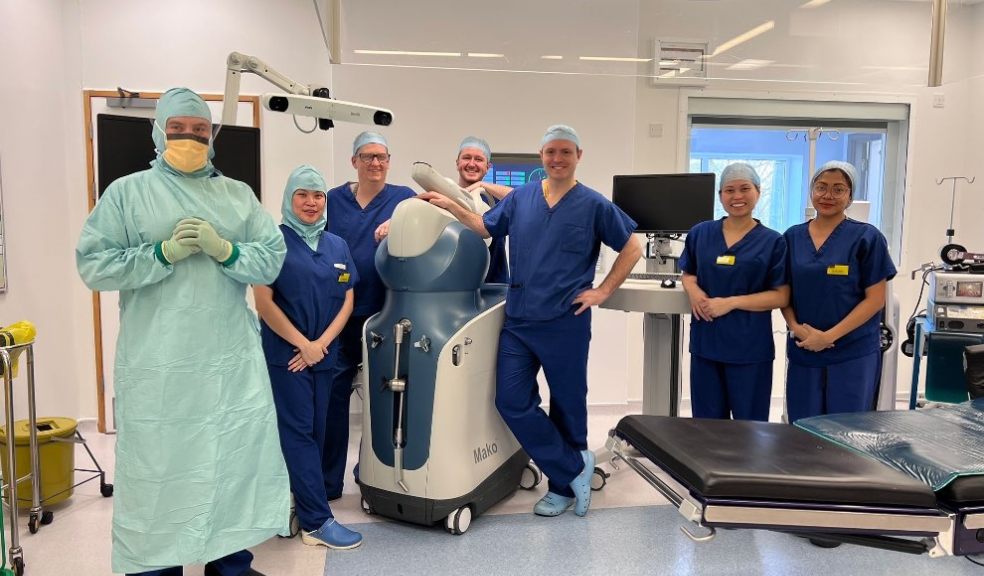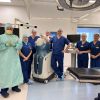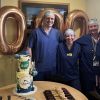
Nuffield Health Exeter Hospital performs its 2,000th Mako® robot-assisted surgery
Nuffield Health Exeter Hospital has performed its 2,000th surgery with the Mako® robot, which enables consultant surgeons to carry out more precise knee and hip replacements, with patients likely to experience less pain and faster recoveries.
The 2,000th surgery undertaken at the hospital was for a successful knee replacement surgery that took place in February by orthopaedic surgeon, Mr Jonathan Phillips.
“It’s been an amazing journey over the last seven years to be a part of so many procedures and reach this milestone,", said Mr Phillips.
"The opportunity to perform surgeries using the Mako® robot is a game changer, improving the accuracy of hip and knee replacements. Our patients report better outcomes with faster recovery times, supporting their return to regular life.”
The Mako® robot is manufactured by Stryker and it highlights Nuffield Health’s Exeter Hospital’s ambition to provide local people with access to best-in-class healthcare technology, ensuring they receive a high-quality patient journey. The hospital, located in Wonford Road in Exeter, is part of the wider Nuffield Health healthcare charity that provides connected healthcare for people through its hospitals, fitness and wellbeing centres, healthcare clinics, and workplace wellbeing services across the UK.
“Our 2,000th surgery using the Mako® robot demonstrates our hospital team’s ambition to ensure that people in the local community with joint conditions have access to the best possible experiences. This important milestone has been achieved through the hard work of our hospital team and continued support received from the great team at Stryker,” says Mark Enticknap, Director of Operations at Nuffield Health Exeter Hospital.
The Mako® technology is an innovative system works by using a robotic-arm to remove damaged bone and cartilage and precisely position the new hip or knee implant, with consultant surgeons creating a bespoke 3D model using the Mako® software based on a patient’s anatomy from an in-depth CT scan.


















